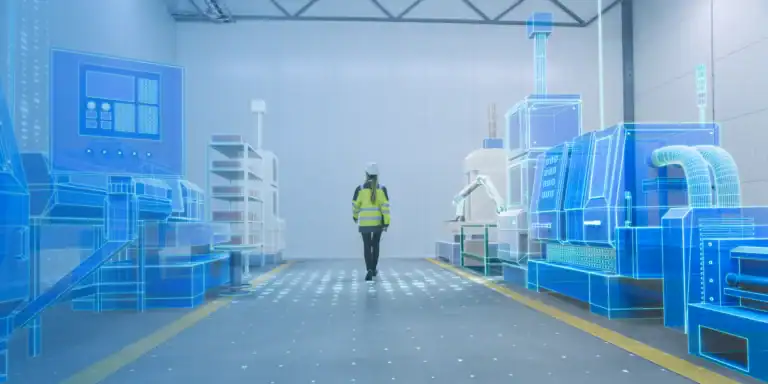Building the right infrastructure platform is an essential first step for any town or city looking to deploy smart city or smart precinct applications.
Beyond laying down fibre and putting up mobile towers, it’s about forging stronger, more collaborative relationships between municipalities and connectivity providers. Shifting from proprietary network ownership to neutral network hosting is a key piece of the puzzle.
Fixed and mobile network operators have traditionally been the ones to plan, build and own municipal digital infrastructure, with the network belonging to the company, not the city or precinct. With the ‘neutral host’ model, the network becomes a shared asset: the municipality can co-invest in it from the very start alongside a third-party company that specialises in designing, building and operating shared communications and connectivity infrastructure. The infrastructure is then jointly leased to any number of network operators to run numerous smart applications.
Given the broad range of applications and services that will be needed to realise the vision of the smart city or precinct, infrastructure that allows municipalities to benefit from the capabilities of many service providers is important. The neutral host model also helps avoid the challenges that come with connecting multiple cable and phone lines, each the property of individual network operators, to new homes and businesses. Acting as a neutral host means municipalities can put in place a single network that can seamlessly carry those services and others.
A mind shift for network operators and municipalities alike
The neutral host model changes the paradigm for network operators, who have always run their businesses on the premise that the network is the primary driver of value. But the real value increasingly lies in the services running over the network. Customers don’t recognise value from who owns the pipes, they just want to access the applications they need when they need them. Network operators that embrace this new value proposition stand to access a large and growing market for smart city and community services.
Municipalities are also venturing into unfamiliar territory. They’ll have to figure out how to manage co-ownership and co-investment with shared infrastructure and connectivity providers. They’ll also have to stand out from other communities to attract co-investments to their infrastructure.
Taking more ownership over how their digital networks are planned and built can involve many different things for a municipality. It can be as simple as ensuring a spare conduit is installed when replacing a sewer. If the conduit is not installed at that time, it’ll be difficult to do so later without tearing up the road again — and without that conduit, extending connectivity to new places in the future will prove challenging.
What it takes to work effectively with a neutral host
To deliver the connectivity for smart cities and communities, municipalities need to establish well-defined policies that overcome any potential stumbling blocks to investment. Sometimes, policies enacted to protect the interests of a city or precinct may present barriers to co-investment, such as limitations on where cell towers can be deployed — meaning municipalities may need to carefully re-assess some of their policies.
When considering co-investment opportunities, shared infrastructure providers and network operators will want to know how municipalities’ policies impact the way their hardware and services will be deployed. One approach is to establish a single contact who can guide partners through the process, including navigating the procedures needed to gain access or rights of way.
Municipalities also need to stay focused on overcoming the digital divide. Government-led programs and mandates can help ensure new digital infrastructure serves everyone equally. Without such direction, deployments typically target pockets of high density, neglecting the side streets or rural roads where it can be too challenging to roll out broadband or the return on investment isn’t good enough. As a result, the people who live in those places miss out on the opportunities afforded by smart cities or communities. Municipalities must advocate for citizens in these areas — with strong community engagement to get everybody on board while giving citizens the ability to define their connectivity needs and requirements.
Delivering the ubiquitous connectivity required for smart cities and communities will take a collective effort between municipalities and their partners, including shared infrastructure providers (such as BAI Communications) and traditional network operators. Only by working in close coordination with each other can they be sure everybody is digitally included — improving people’s lives and driving economic development in the years ahead.






